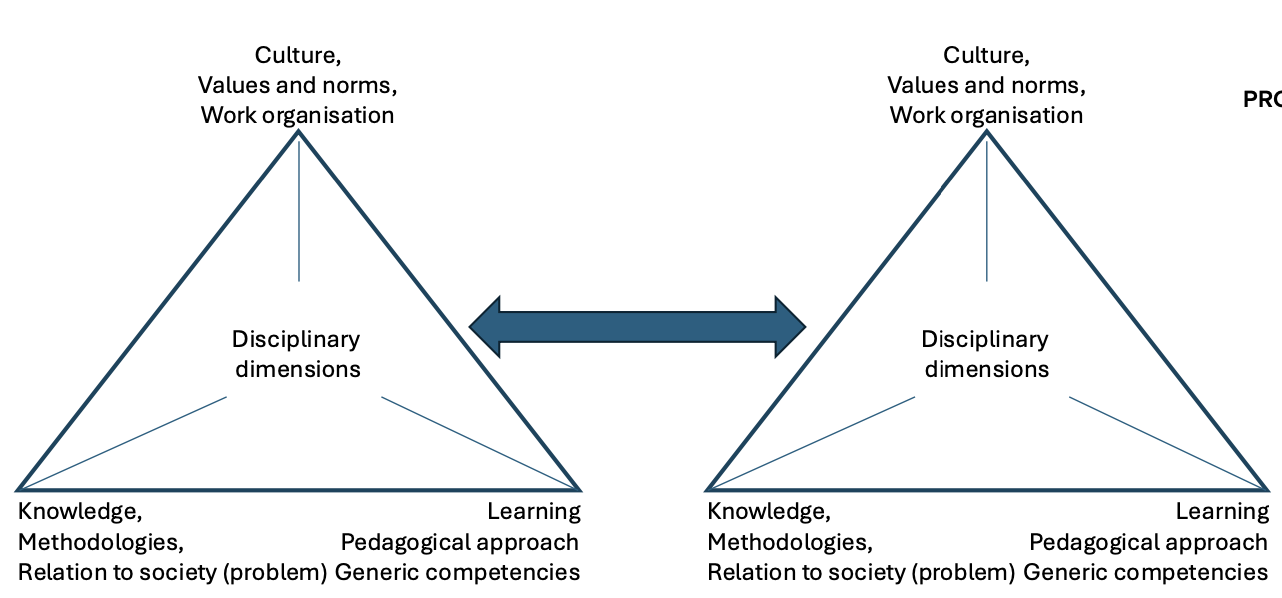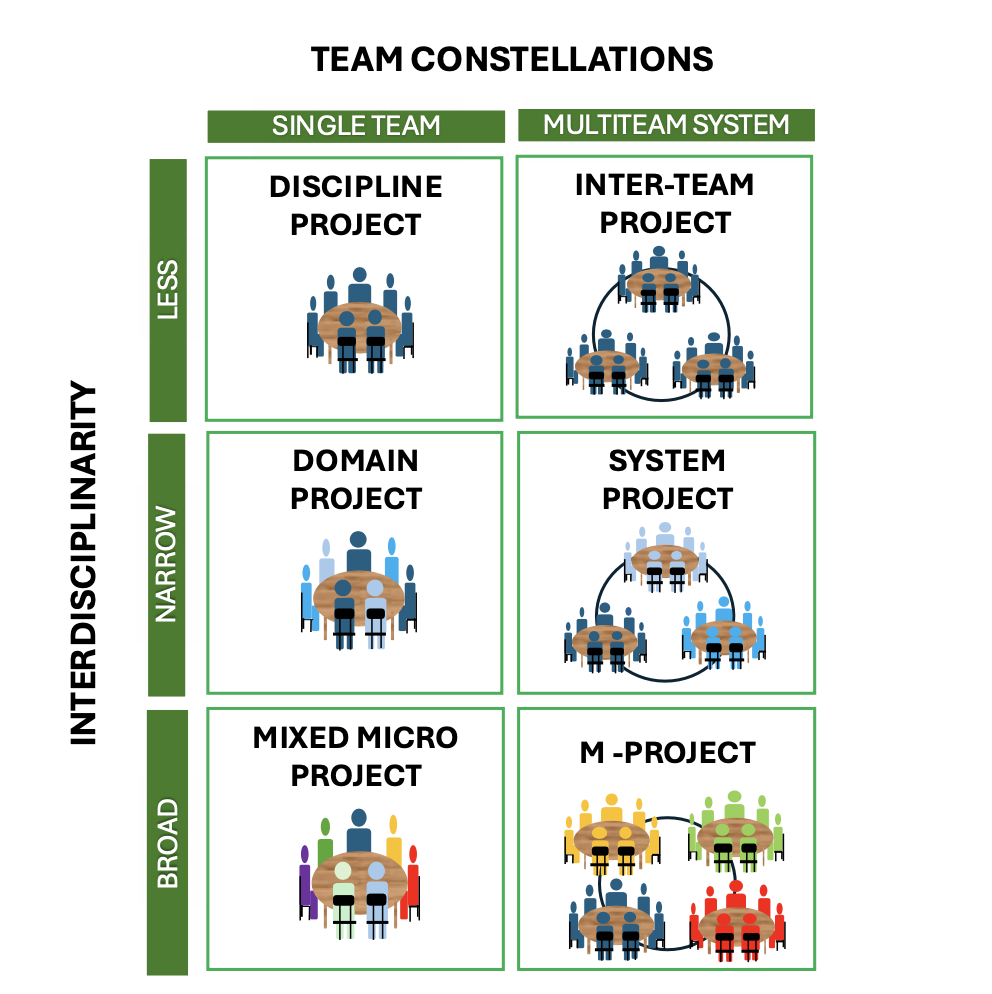Anette Kolmos, Jette Egelund Holgaard, and Henrik Worm Routhe from Aalborg University discuss findings from the InterPBL research project and highlight the advantages of interdisciplinary collaboration in engineering education
Sustainability and climate issues can only be understood and resolved through interdisciplinary collaboration across various disciplines. Technological solutions are system-oriented, necessitating extensive collaboration between stakeholders from academia and society. As a result, it is critical that engineering students gain experience and knowledge of cross-disciplinary collaboration. However, interdisciplinary collaboration across disciplinary boundaries is extremely difficult.
InterPBL, a research project at Aalborg University funded by the Grundfos Foundation, seeks to improve interdisciplinary collaboration in engineering education. In the InterPBL project, we discovered that the approach to interdisciplinary projects was overly simplistic due to a lack of understanding of the various forms that interdisciplinary projects can take. A framework was created based on empirical data, with six categories of disciplinary and interdisciplinary problem-based projects. These are defined by two dimensions: the type of knowledge, which ranges from disciplines to narrow and broad interdisciplinary problems. Figure 1 illustrates the project collaboration pattern, which ranges from single project teams to multi-teams with multiple student teams working together.
This framework indicates different project constellations; however, the interdisciplinary collaboration is much more varied in practice. The main contribution is that we distinguish between narrow and broad interdisciplinary approaches, as greater distance between disciplines creates more challenges in understanding scientific knowledge, not to mention cultural and pedagogical differences.
Our data, gathered through interdisciplinary system projects, has taught us that there is a story that needs to be retold. Interdisciplinary collaboration does not imply that you lack disciplinary knowledge. On the contrary, interdisciplinary collaboration allows for a better understanding of one’s own field (Routhe et al., 2023). Therefore, the students gain and do NOT lose disciplinary knowledge. They learn about the limitations and opportunities for knowledge collaboration.

We also learned that in the multi-team system projects, it was not enough to apply project management tools. To frame and enhance progression in system projects, students must develop common visions, knowledge bases, and approaches to learning. The students advanced from using project management tools to leadership (Routhe et al., 2024).
Understanding the factors influencing collaboration is essential for both narrow and broad interdisciplinary collaboration. Academics must understand what factors to consider when designing and facilitating interdisciplinary projects. As a result, the InterPBL project focused on discipline understanding. We identified three major dimensions in the literature: knowledge, learning, and culture. This made sense based on our findings, as different students and student project teams approached problems and project organization in different ways. Students learn to collaborate in a variety of ways across disciplines, including understanding what a problem is and structuring project phases. We discovered that generic skills and competencies are contextually understood and that collaborative skills, for example, must be reflected and adjusted during any transition from a disciplinary to an interdisciplinary project.
Generic skills/competencies are essential for interdisciplinary teams, and they are typically taught in the engineering curriculum to supplement disciplinary learning. However, in interdisciplinary projects, disciplinary knowledge serves as a means of learning generic skills and competencies. Depending on the learning objectives, the designs of interdisciplinary projects are very different, and hopefully these models can help in the planning phase.
Further information and reading
- Kolmos, A., Holgaard, J. E., & Routhe, H. W. (2025). Understanding and Designing Variation in Interdisciplinary Problem-Based Projects in Engineering Education. Education Sciences, 15(2), 138. https://doi.org/10.3390/educsci15020138
- Kolmos, A., Holgaard, J. E., Routhe, H. W., Winther, M., & Bertel, L. (2023). Interdisciplinary project types in engineering education. European Journal of Engineering Education, 49(2), 257–282.
- Routhe, H. W., Holgaard, J. E., & Kolmos, A. (2023). Experienced Learning Outcomes for Interdisciplinary Projects in Engineering Education. I E E E Transactions on Education, 66(5)
- Routhe, H. W., Holgaard, J. E., & Kolmos, A. (2024). Leadership in Interdisciplinary Engineering Students’ Projects: A Faculty Perspective for Supporting the Development of Student Leadership. International Journal of Engineering Education, 40(4), 929–947.
- Routhe, H. W., Holgaard, J. E., & Kolmos, A. (2024). Students’ learning of management and leadership in engineering education – a literature review. European Journal of Engineering Education, 49(3), 540–576.
- Habbal, F., Kolmos, A., Hadgraft, R. G., Holgaard, J. E., & Reda, K. (2024). Reshaping Engineering Education: Addressing Complex Human Challenges. Springer.


